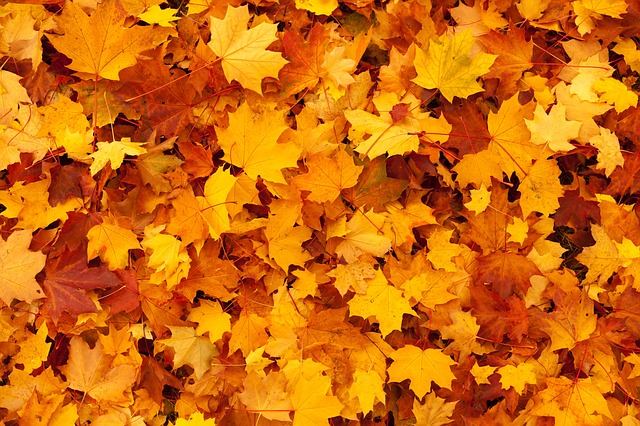
Summertime errors in gardening are usually easy to fix. Forgot to prune your tomatoes, and now the foliage is out-of-control? No problem. Just trim the excess and choose an appropriate support structure. Forgot to water for a few days? Most plants will be fine, and if not, it’s likely you still have time to re-plant or re-sow.
Early in the season, mistakes are a little more challenging to handle. Didn’t choose the right seed starting medium, and now your seedlings are suffering from damping off? Yikes. You’ll have to start all over again. The situation is salvageable but frustrating. Thankfully, though, errors in seed starting aren’t typically expensive to remedy.
If you mess up in the fall, though. Mistakes may be costly. Here are five mistakes you don’t want to make when temperatures dip and the leaves start to change:
Not storing your hose for the winter
I’ve accidentally forgotten my hose outside on multiple occasions. It often happens because winter sort of sneaks up on us like a ghost. One day it’s pleasantly cool out, the next, we’re experiencing a snowstorm of epic proportions. Leaving your hose outside when the snow starts to pile up means you’ll likely have to purchase a new one next year. The cold will freeze any remaining water droplets inside, which can expand and rupture the tube. Even if you’ve adequately drained the accessory, freezing cold weather is enough to crack the exterior of your hose and render it useless.
Not shutting off outdoor water supply
Even if snowstorms haven’t yet arrived, temperatures below zero can burst outdoor pipes and damage any outdoor water accessories, like hoses. In our household, we typically shut off the outdoor water supply in October (this weekend, actually). In our region, the season is rainy enough to support any remaining plant life, and if not, it’s easy enough to hand-water the minimal number of plants still left in the garden.
Leaving dead plant matter in your garden beds
It’s so easy to do, but please don’t do it! Thoroughly clean up your beds to prevent pesky organisms from hiding out. You might find yourself haunted by your mistake next season. It’s especially important to remove dead plants if they were diseased or infested in any way.
Tossing diseased plants in your compost
When removing dead plants, don’t throw them into your compost bin. If your city has a brown bin, toss dead plants there, instead. Home compost bins just don’t reach the same temperatures as large commercial piles, so they’re unable to kill certain bacteria and fungi that cause disease. I like to stay on the safe side and put all my spent plants in the city compost. I’m too paranoid about pest and disease to take a chance.
Not wearing long pants and gloves while raking
I hate raking, which is why I’ve often cut corners when performing this task in the past. I rush through it, wearing whatever I threw on in the morning, and I often forget to don gloves. This is BAD. Don’t do it. Always wear a long-sleeved shirt, pants, and gloves when cleaning up leaves. Why? Ticks love to hide out in leaf debris. I’d also suggest keeping your pets away from large piles of leaves to prevent them from picking up these disease-ridden bloodsuckers.

Steph Coelho is a freelance writer gardening in zone 5b. She is a certified Square Foot Gardener and has taught various garden-related workshops. When she’s not digging in the dirt or writing, she’s cooking up fresh produce, running, or listening to her favorite podcasts.
Leave a Reply